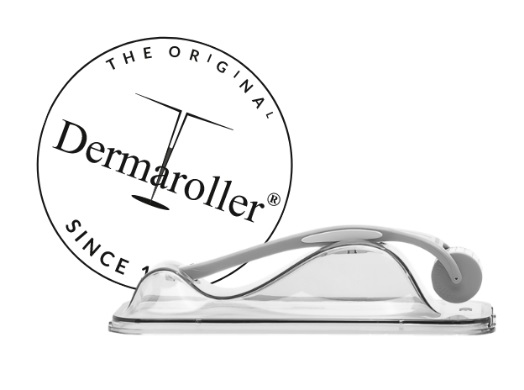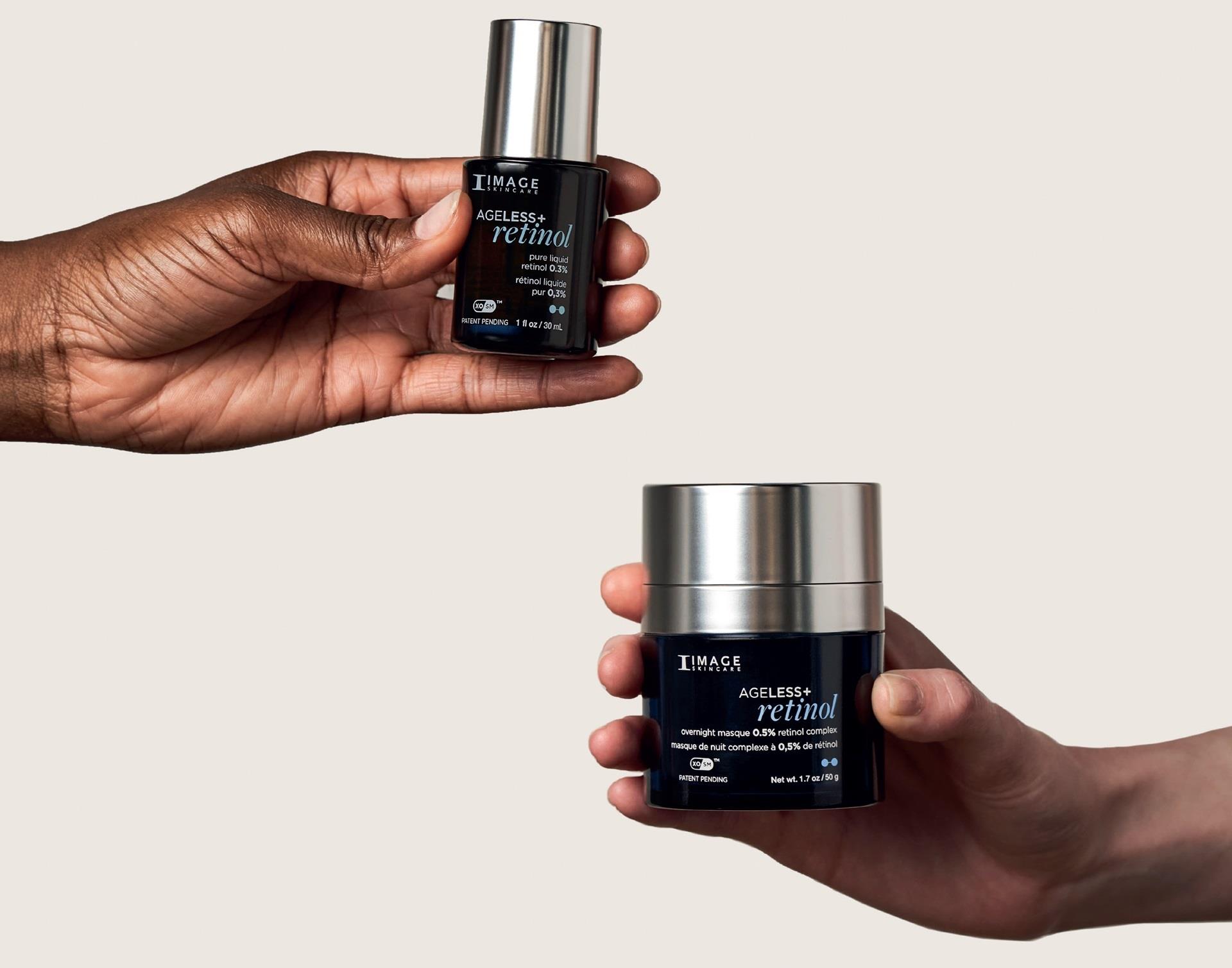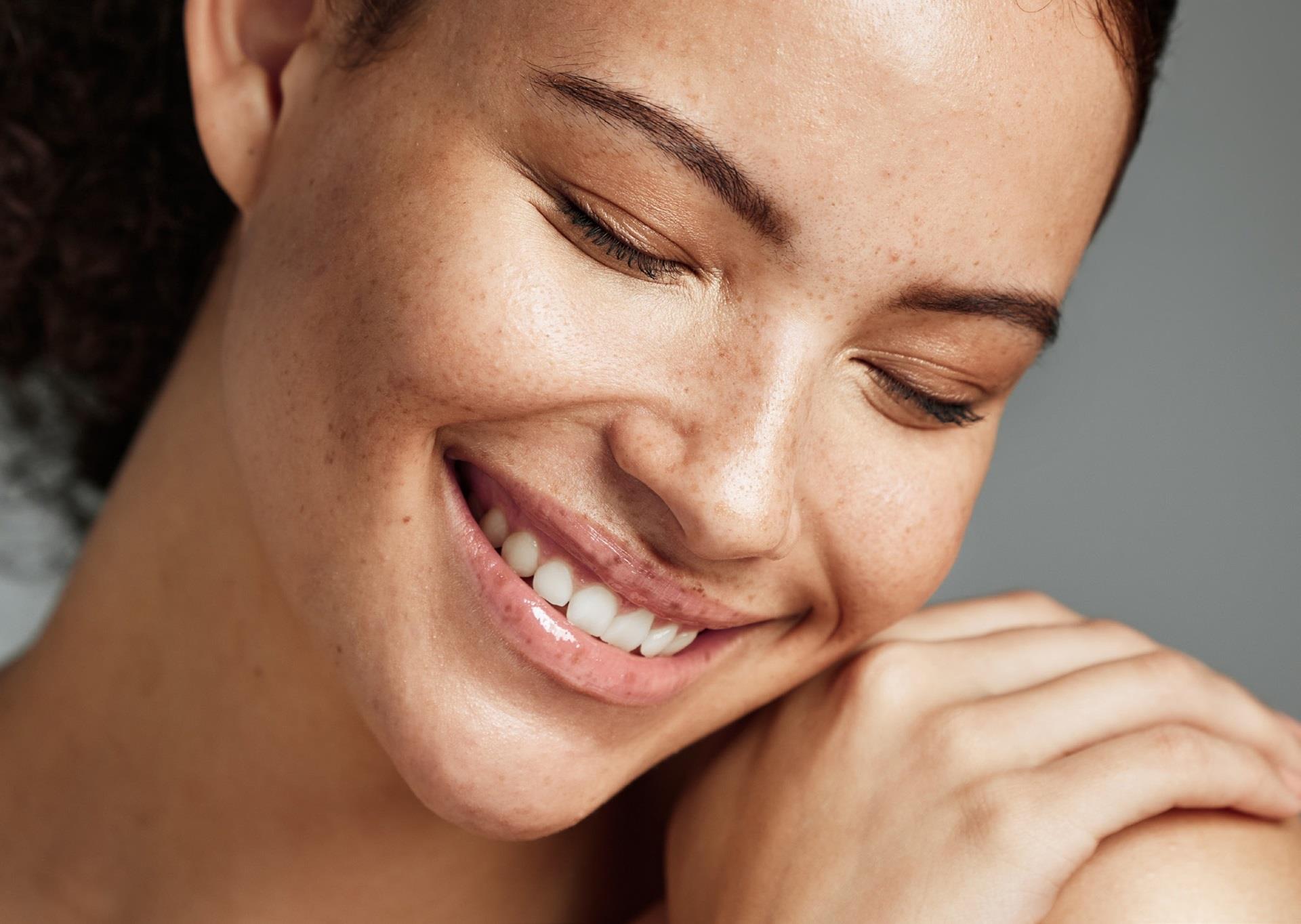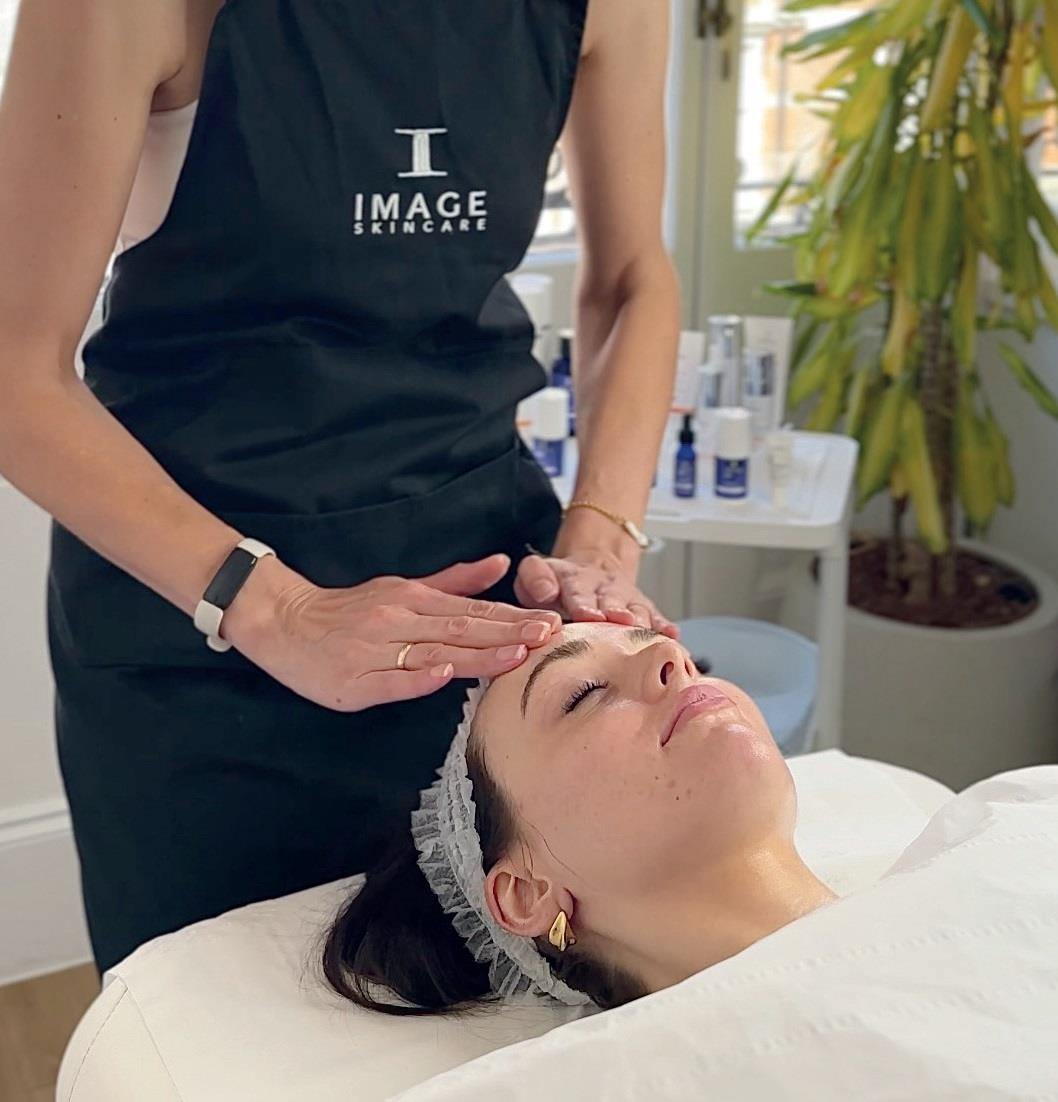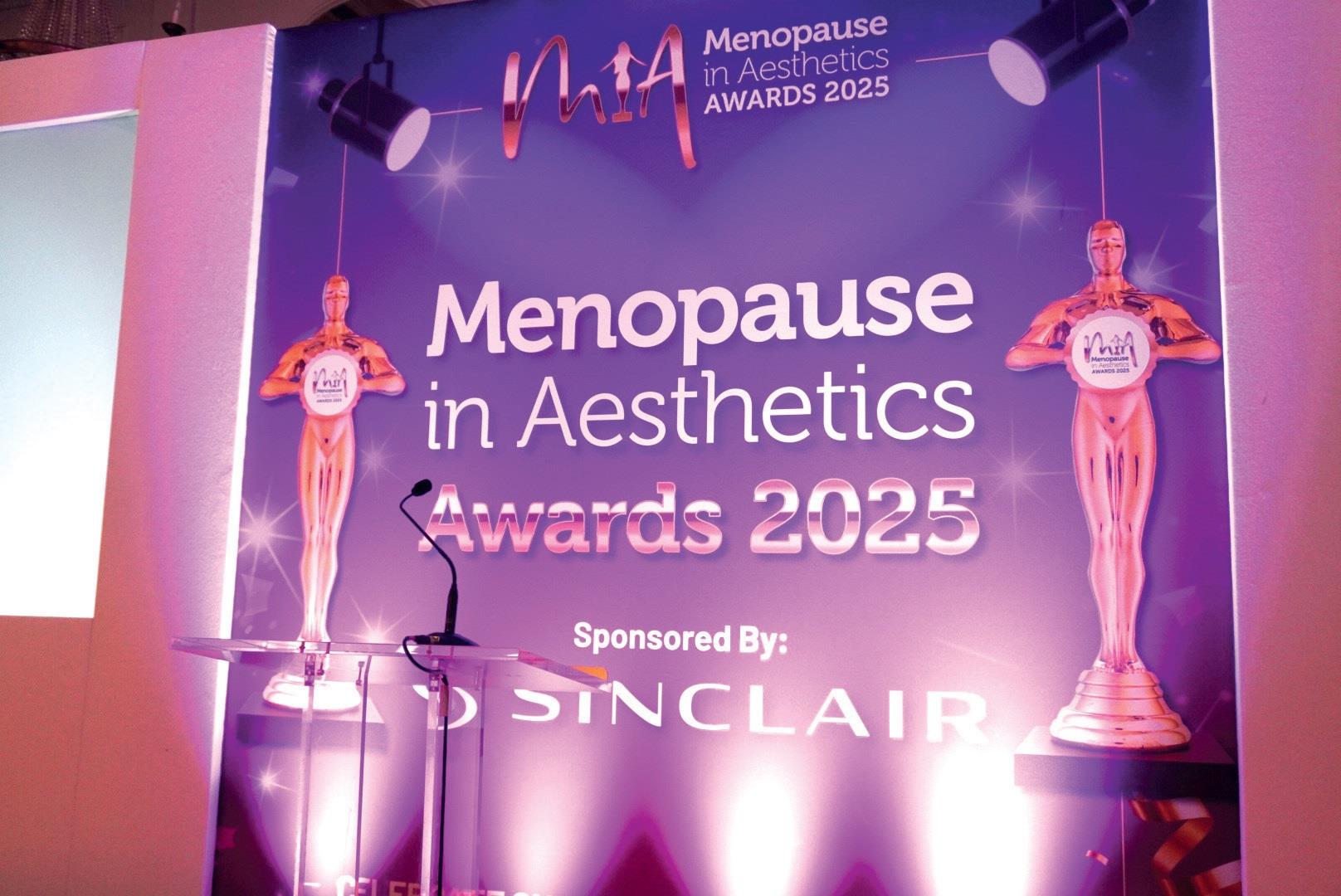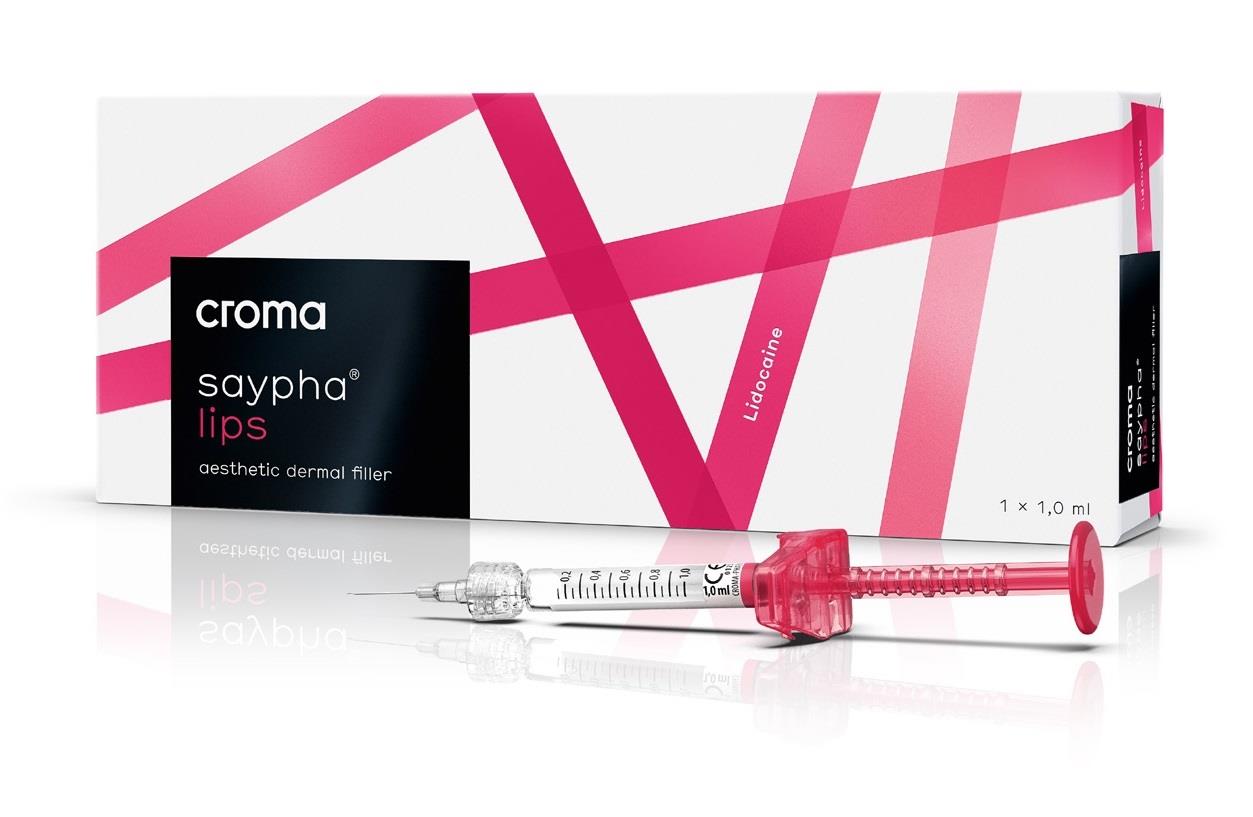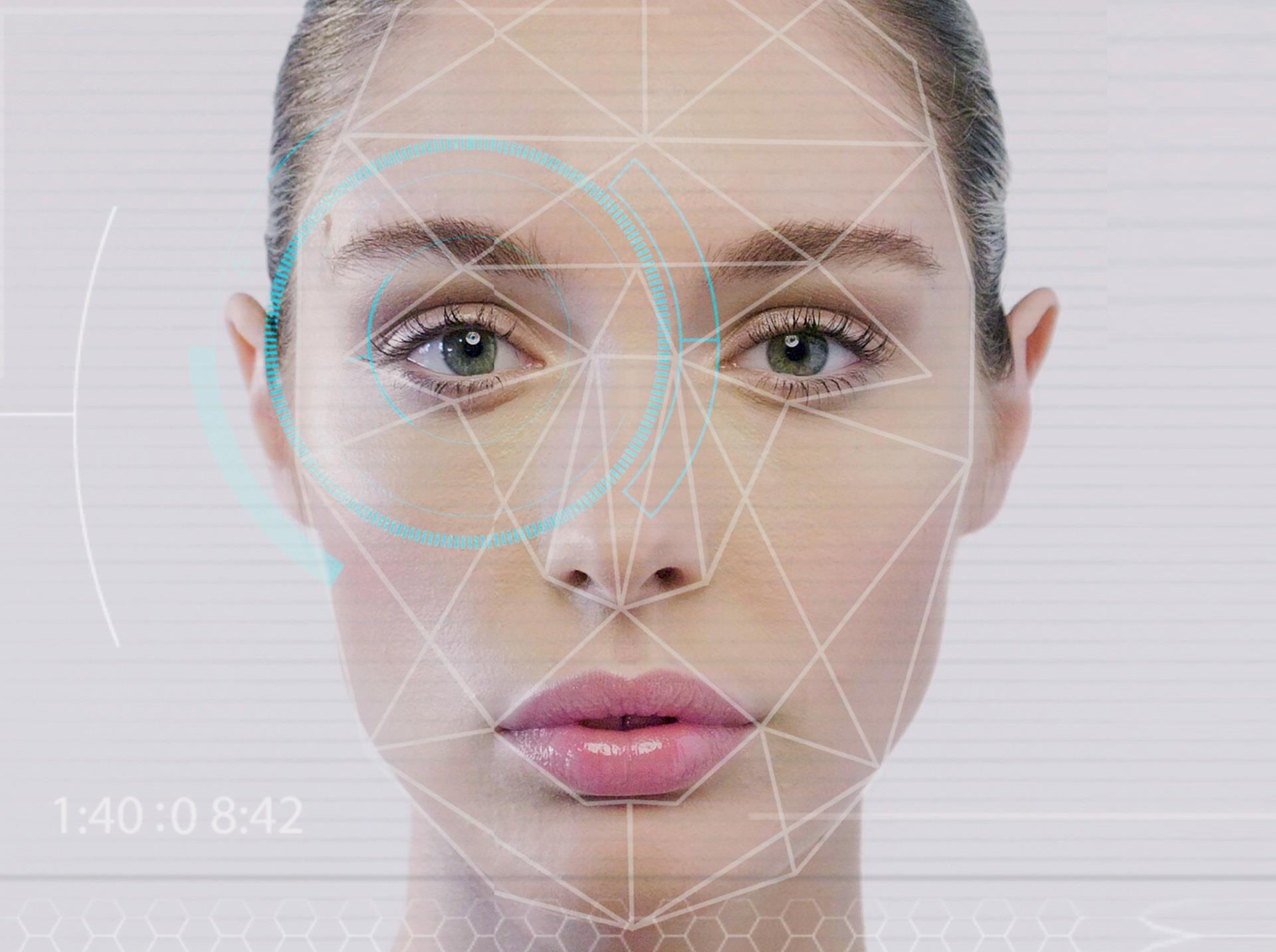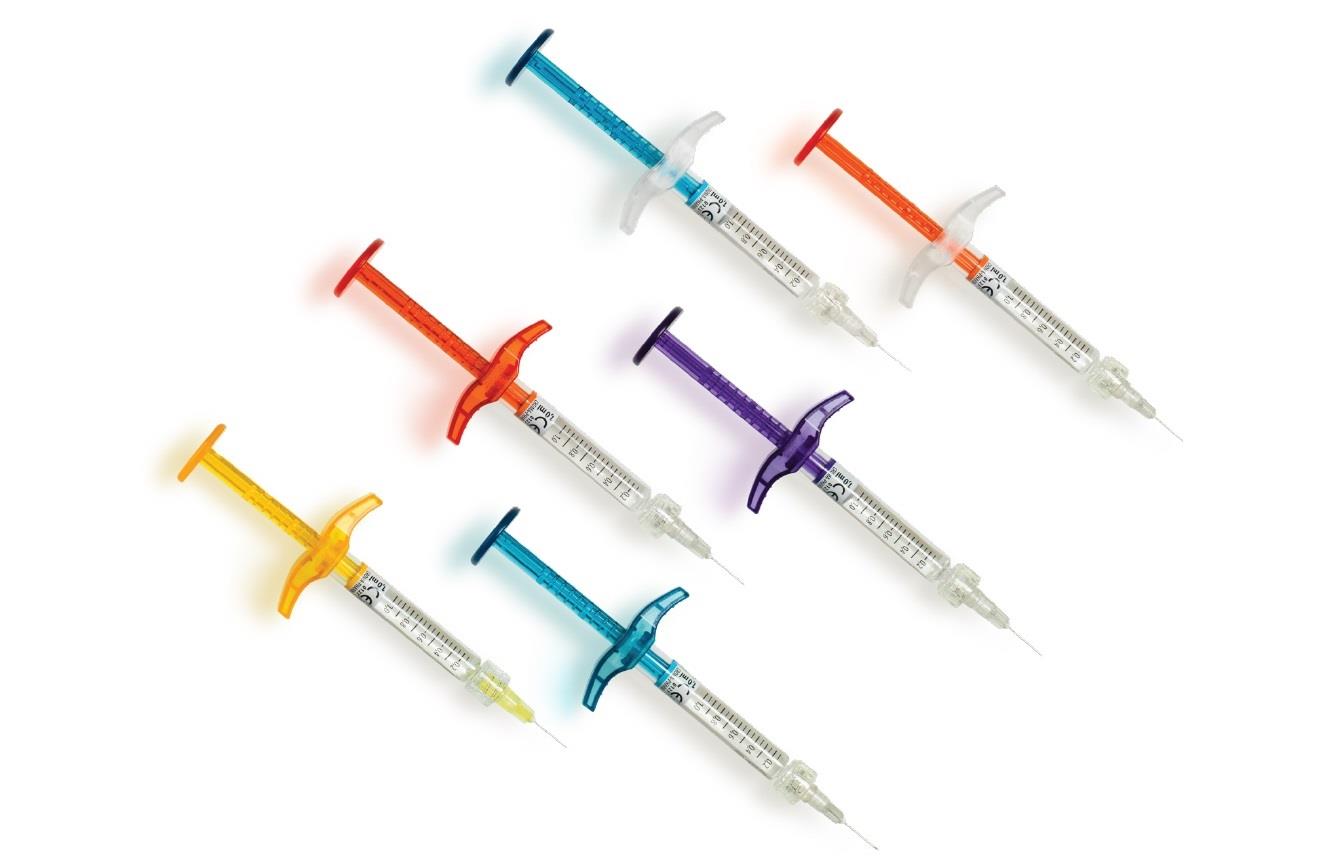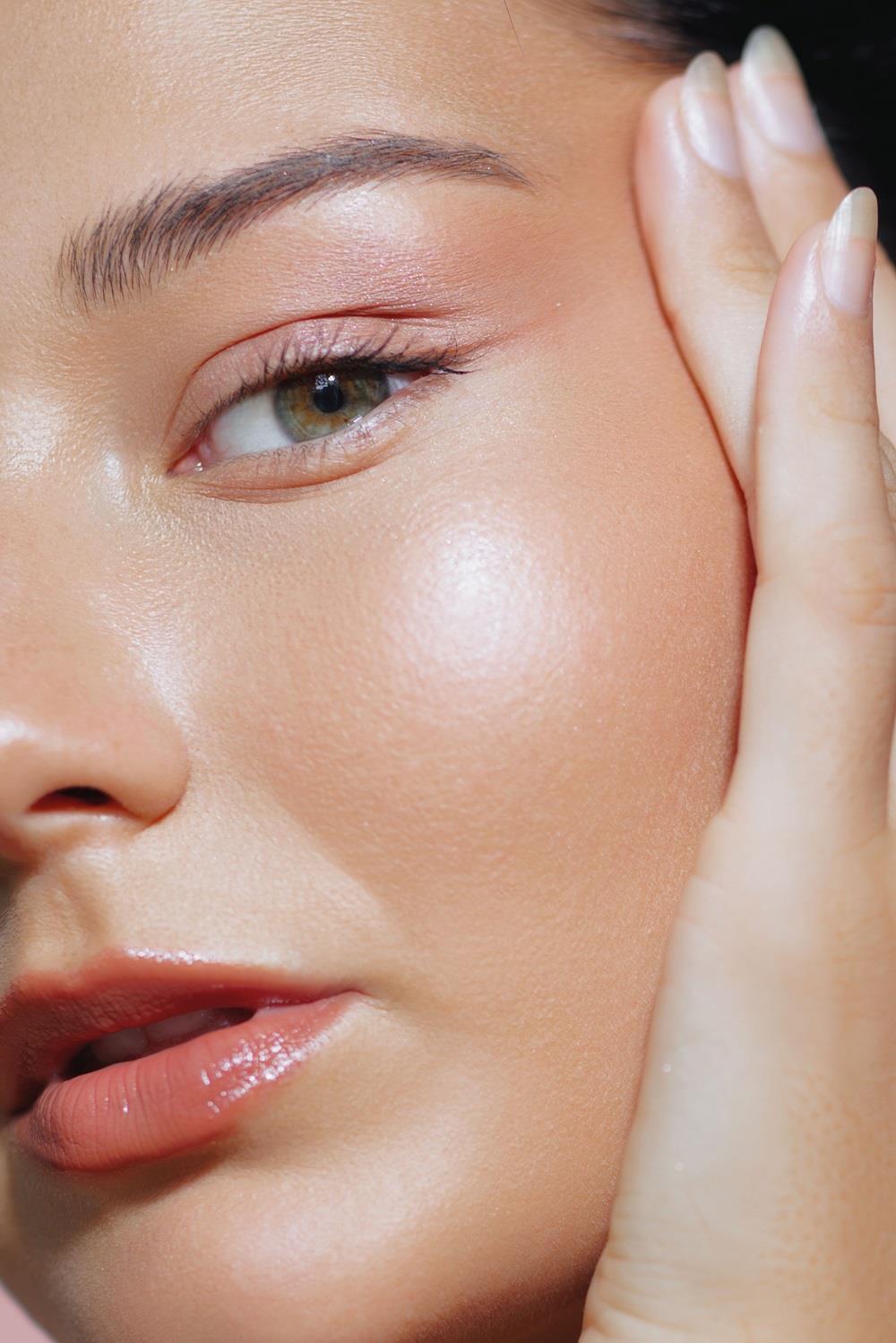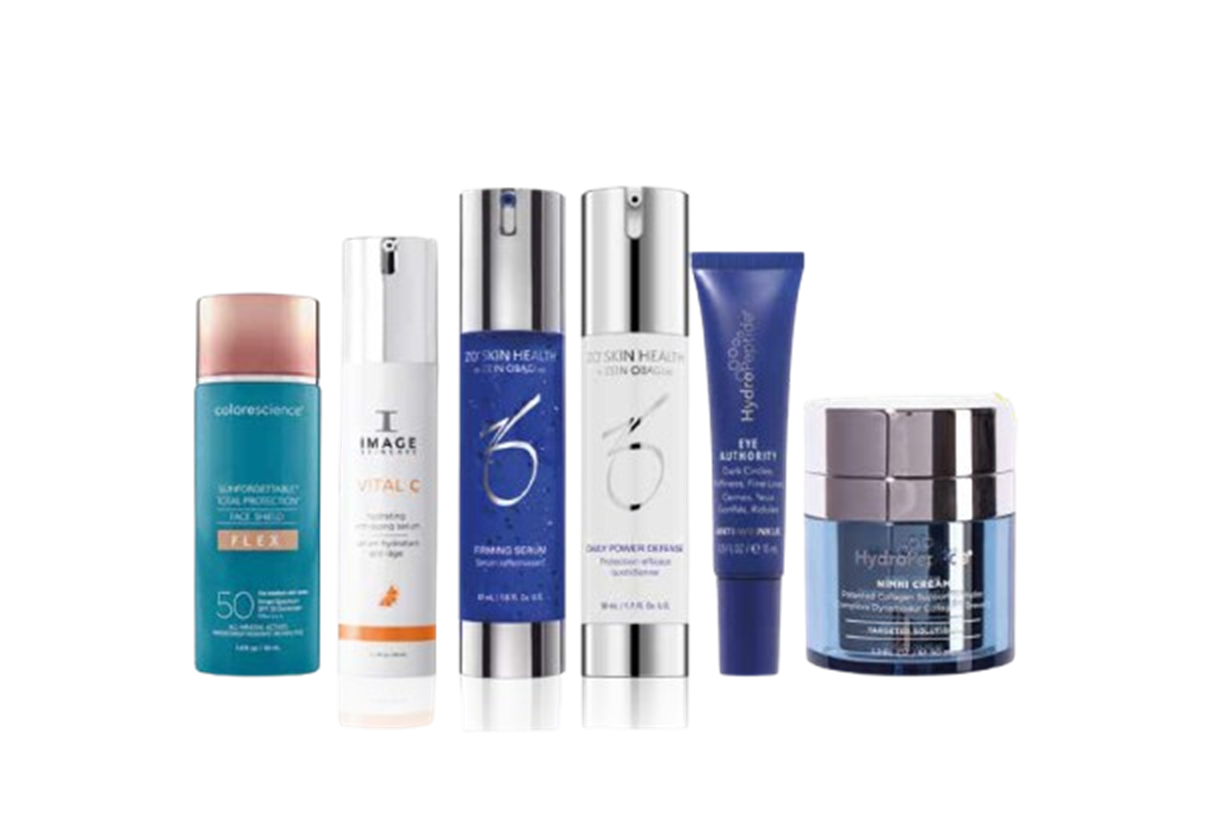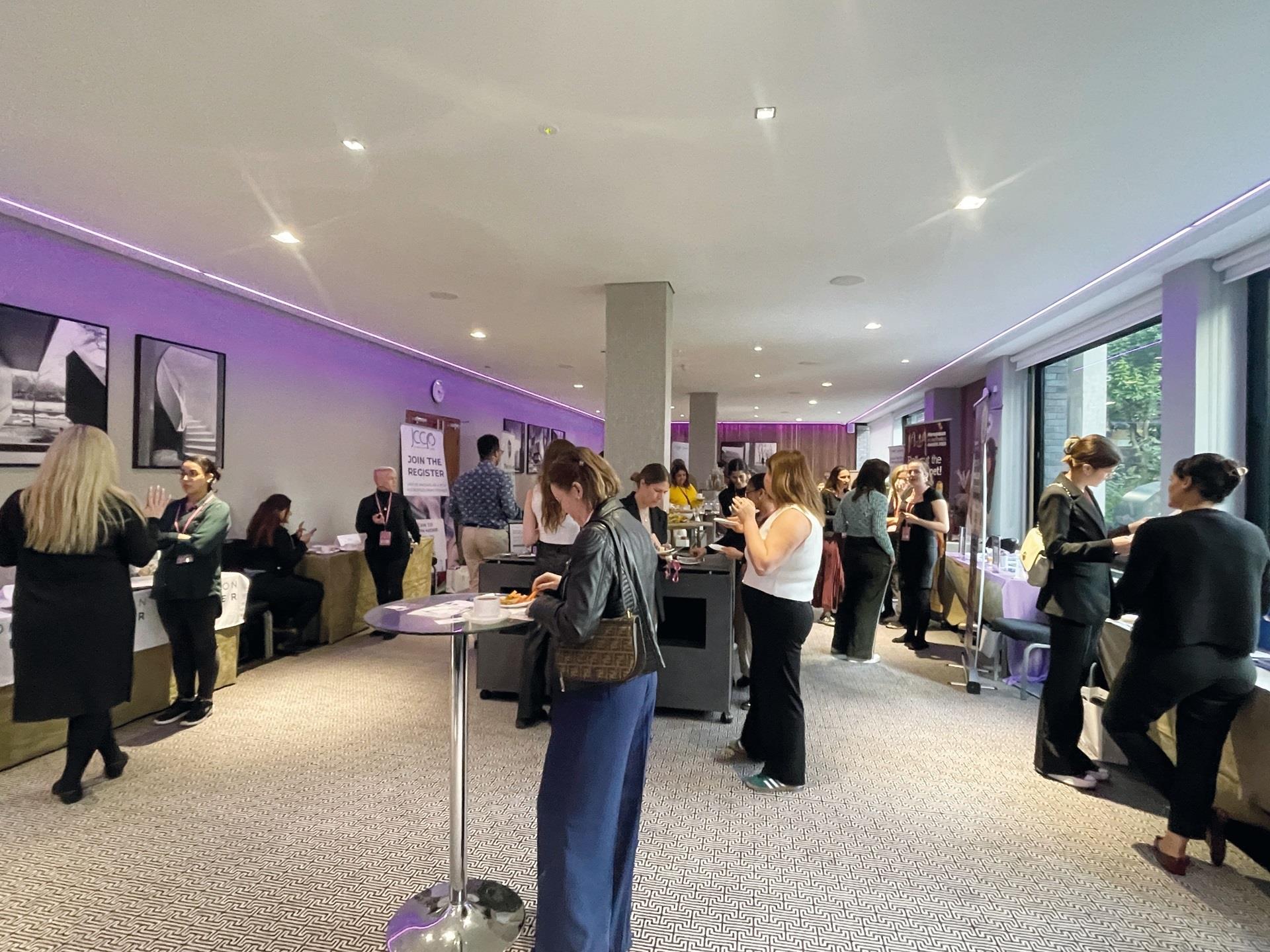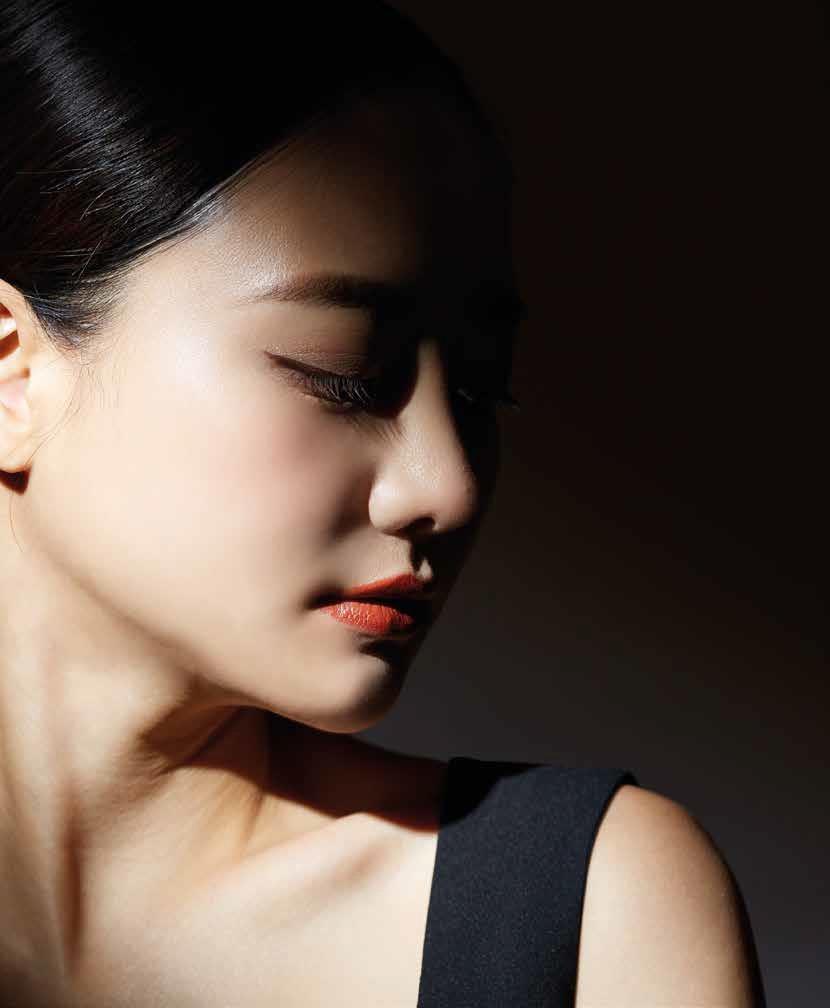
With a technology-driven approach to teaching, Merz Aesthetics have incorporated a program of education based around visualisation with ultrasound that brings to life the textbook concepts we typically learn about.
My journey with ultrasound
We started using ultrasound in our clinic – Clinetix, Glasgow – in about 2010. This was about the time that we started to inject deeper into the tissue planes and use cannulas alongside needles. We had a clinical device for vascular mapping, and we thought we could use that to see if we were right about the placement of our products. Was it in the right place? In the correct tissue plane? What I found was I wasn’t always where I thought I was. In fact, I was practically never where I thought I was.
Initially, we found the ultrasound helpful in speeding up the learning curve with the new techniques that were evolving at the time. We also found it a useful tool from time to time when dealing with complications.
For me, the learning process was initially slow, but this was a long time ago. I’m not a radiologist, and there wasn’t much available in terms of cranial/facial scanning courses at that time, so I gradually became familiar with the appearance of the different tissues and the different fillers over a long period of time.
My first device actually cost me a lot of money and weighed as much as that same suitcase filled with bricks. It had really poor resolution with grainy green images that honestly were really difficult to interpret.
Now with the latest handheld, high resolution, high-frequency devices, we can see so much more. These wireless devices can be carried around in a pocket, like a mobile phone, andproduce much better images. It’s made it so much faster to learn and faster to scan with greater clarity and confidence.
The skill of recognising and interpreting the images just comes with repetition. With each patient I now scan, I can see a little more, which enables me to identify the smaller muscles in the face and visualise the distribution of the arterial networks with relative ease.
“Ultrasound has now become a routine part of my treatment plan, just like putting on a seatbelt in a car, and I won’t run an aesthetic clinic without it.”
I’ve realised that there are so many variations in the blood supply to the face, and we can never truly predict where we might cause a significant bruise or a vascular occlusion. I’ve modified my treatment plan based on what I see on the scan enough times to now feel that I’m essentially flying blind without it. We use it for facial mapping, patient education and our own development. It allows us to tailor our treatment plans individually for every patient to get what we feel is a more effective, optimal result.
In the right plane
Just from the routine scanning of patients presenting to our clinic, we can demonstrate that filler intended for the deep plane of the midface can actually be within the Superficial Musculoaponeurotic System (SMAS). And filler intended for the interfacial, or the plain of the temple can sometimes be subcutaneous, intramuscular or intrafascial, rather than interfacial. Ultrasound guidance means that we can see the tip of the cannula in the right place whilst we inject, rather than finding out afterwards that we have a suboptimal result.
This applies to the area, but what I’ve really found useful is using this guide injection method for the cheeks and for the temples. For the cheeks, when I thought I was in the deep plane, occasionally I actually found I was within this mass, Superficial Musculoaponeurotic System (SMAS). So I can reposition, get in the right place, use less product and get a much better aesthetic result. For the temples, ultrasound guidance means that I really can be sure that I’m in that interfacial plane when I want to be. And when I’m injecting on the bone, I can make sure I’m in a place that’s effective and has no visible vasculature.
Visualisation means greater accuracy, greater effectiveness and greater safety of dermal filler implantation.
Now every patient undergoing a dermal filler procedure has an ultrasound scan, and it’s usually done immediately before the treatment, although we can sometimes do it at the consultation. The primary goal is to identify any vascular patterns that may make me consider my approach, particularly in the lip area where we’ve already found patients with very superficial superior labial arteries, where we would definitely be using a cannula over a needle and still be injecting with a degree of slow caution.
For particularly technically challenging areas, I often use the ultrasound for guided injection as well. For example, to ensure sure that I’m in the correct planes and away from blood vessels.
Examples would be the forehead and the temples, and the nose. The other area of interest for us is the management of complications. Being able to identify dermal filler and resolve with injection under ultrasound guidance means that I can be so much more confident in the
outcomes of my treatments.
A vital training tool
A common theme in many of our teaching programs, both for Aesthetic Training Academy (ATA) and Merz, is a respect for and understanding of the anatomy of the patient. Now, that
doesn’t just mean understanding the names and the branches and relations of a blood vessel or a nerve but also being aware of all the potential anatomical variations that may occur and could potentially be a problem.
That you need to know that is a truism, but given that you have no way of knowing what variations a given patient may have, the teaching can sometimes be more off-putting than useful. So bringing into play a simple, effective method for identifying your patient’s nasolabial artery, for example, and more so a method that the practitioner can use in their own practice with relative ease, suddenly makes that teaching more informative, more useful, more applicable, and more engaging.
The use of ultrasound imaging in teaching with Merz Aesthetics and ATA really brings to life the concepts we talk about and gives the delegate an extra dimension of understanding.
How to get started
We used to give presentations and run training courses using ultrasound, and we used it mainly as a teaching aid because it was impractical to suggest that every clinic should have its own device. With modern ultrasound technology, this is no longer the case.
My advice is to buy an ultrasound device or borrow one, then pick an area that you are familiar with and get started. The basic principles of ultrasound imaging are that hyperechoic tissues bounce the signal back, and they’re white. Hypoechoic tissues allow the signal to pass through, and they’re dark. Fat is hypoechoic, water is hypoechoic, and muscles are mostly cells filled with water. Collagen fibres don’t have much water in them. They’re dense, and they bounce the signal back.
Then pick something simple and big, like the masseter muscle, hold the probe over it in different orientations and try to identify the structures, the skin, the fat, the muscle, and then
the facial pedicle. Find those blood vessels and then look for the bone. And the bone is very dense. There’s no water, and it’s very hyperechoic, so it’s white. Do it a few times over the same areas and the same structures until you can always recognise them. And that’s the process of training your brain to interpret the light and dark images and build those into a representation of the tissues that are there. Then start moving into a different area and find a similar stepwise process to identify those structures and keep going.
In conclusion
Ultrasound imaging brings us to the next evolutionary step in aesthetic medical practice. No longer having to inject blindly means that we have the ability to identify and avoid larger blood vessels, reducing the risk of bruising and potential vascular compromise.
Patients attending a practice where ultrasound imaging is used routinely can be confident that their practitioner is using every tool in the box to ensure that they have an effective treatment. Using ultrasound means that we can position our dermal filler exactly where we need it to be, meaning better aesthetic outcomes and potentially less product.
We have already chosen the product with the best radiological profile for bio integration, and we use the products with a really good profile in terms of inflammatory reactions. We do this because we want the best for our patients, which means our patients trust us. Adding ultrasound is another obvious and visible step in the process. So, in addition to improving outcomes, reducing risk, improving the aesthetic outcome, we’re also improving trust alongside confidence, which itself leads to higher patient-reported satisfaction.
I think we’re approaching the point where guided injection and vascular mapping will become part a normal part dermal filler injections.

 Added to basket
Added to basket

 Unapplied Changes
Unapplied Changes


